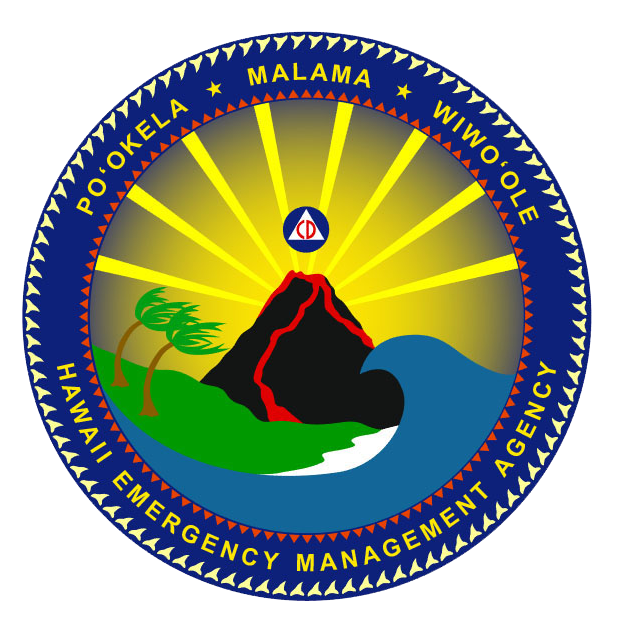Congress: How Vulnerable is Hawaii to Missile Attack?
Posted on Feb 22, 2017 in Information and News Releases, MainBy
WASHINGTON — At the request of Congress, the federal Missile Defense Agency is evaluating the threat to Hawaii from ballistic missiles and possible defenses against them.
The little-noticed provision raising questions about Hawaii’s vulnerability was tucked into the massive $607 billion National Defense Authorization Act, which was signed into law by President Barack Obama on Dec. 23. The report will be presented to the Senate and House armed services committees when it is completed.
The provision, Section 1685 of Senate Bill 2943, asks about the costs and benefits of turning the Aegis Ashore Test Complex at the Pacific Missile Range Facility on Kauai into an “operational” weapons intercept site, or a project that may include fielding a medium range ballistic missile sensor “for the defense of Hawaii.”
The provision in the defense bill also calls for creating an updated environmental impact statement, if seen as necessary, that would permit work to proceed quickly.
The report has not yet been completed, according to Chris Johnson, spokesman for the Missile Defense Agency.
“The Aegis Ashore Missile Defense Test Complex at the Pacific Missile Range Facility on Kauai was designed and built as a test asset and was not intended to be an operational facility,” Johnson wrote in an email to Civil Beat. “While the Department of Defense has no plans to make the AAMDTC an operational facility, we are continually reviewing the feasibility of using current and future ballistic missile defense capabilities to address a range of ballistic missile threats, including North Korean ICBMs.”
The idea of changing the purpose of the Kauai facility has been controversial. Many people are opposed to increasing the military’s footprint in the state. Others fear Hawaii becoming a military target to enemies because of military expansionism on the mainland.
And some believe that the United States has no right to control Hawaii because the overthrow of the kingdom was, in their opinion, illegal.
‘Hiroshima Times 10’
Some danger to the islands could be unavoidable.
“People think of Hawaii as an isolated paradise but it could be targeted by an adversary wanting to neutralize the U.S. military in the Pacific,” said Denny Roy, a senior fellow at the East-West Center in Honolulu and author of a recent journal article, “Preparing for a North Korean Nuclear Missile.”
North Korea’s technical capabilities are growing, and if it fired an missile armed with a nuclear warhead and managed to hit the islands, the results could be dire, Roy said.
“Nuclear would wipe out all life on Oahu,” said Roy. “It would be Hiroshima times 10.”
Roy cautioned, however, that the United States needs to be careful not to overreact to North Korean provocation, which may represent little more than bravado. After all, he said, the resulting U.S. retaliation would destroy North Korea.
There is no immediate cause for alarm, other military experts told Civil Beat.
The Missile Defense Agency’s Johnson said Hawaii is adequately protected from North Korean ICBMs by the U.S. Ground-Based Midcourse Defense System. He said the system includes 36 ground-based interceptors — and will expand to 44 by the end of 2017 — located in California and Alaska. It also includes sensors on land, sea and in space.
“North Korea has not yet tested any operational missile with the range to hit Hawaii,” said Kingston Rief, director for disarmament and threat reduction policy at the Arms Control Association, a national organization promoting arms control policies.
“With each test it is making progress toward fielding a long-range ballistic missile but they are still five to 10 years away from making it operational, according to my understanding,” Rief said.
He said members of Hawaii’s congressional delegation would need to decide whether they would encourage turning the Kauai test facility into an operational site that plays a part in the nation’s missile defense strategy.
“It’s a good question for Hawaii’s lawmakers,” Rief said.
Congressional delegation members did not respond to requests for comment from Civil Beat, but are well positioned to influence such a decision. Sen. Mazie Hirono serves on the Senate Armed Services Committee, while U.S. Reps. Tulsi Gabbard and Colleen Hanabusa serve on the House Armed Services Committee.
Making Kauai Facility Operational
On the floor of the Senate a year ago, Sen. Brian Schatz urged the military to “explore new opportunities to strengthen our ballistic missile defense, including increasing the protection of our forces in Hawaii and the Western Pacific by turning the Aegis Ashore Test Complex on Kauai into an operational site,” according to the Congressional Record.
At that time, Schatz said that Reps Gabbard and Mark Takai were “working on” the proposal with the Department of Defense. (Takai died in July of cancer, and was replaced by Hanabusa.)
Schatz discussed making the Kauai facility into an operational site in the context of trying to curtail North Korean belligerence. He said North Korea’s technological capabilities were increasing and it was becoming more provocative.
Follow Civil Beat on Facebook and Twitter. You can also sign up for Civil Beat’s free daily newsletter.

